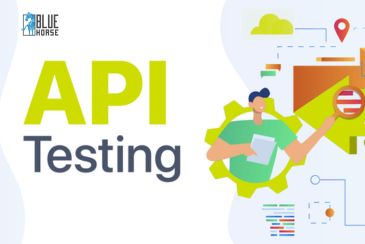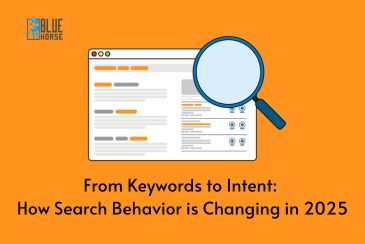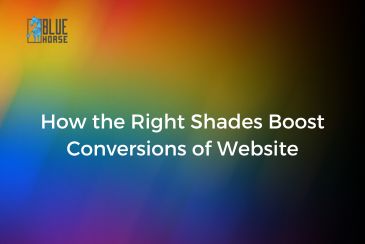A Complete Guide About Provident Fund
What is Provident Fund?
A provident fund is a government-managed, mandatory retirement savings scheme used in India. And not only in India but also in Singapore and other developing nations.
From when EPF has started?
Employee’s Provident Fund established by the Employee’s provident fund and Miscellaneous provisions 4TH March ACT, 1952 and is under the jurisdiction of the ministry of labor and employment, the government of India.

Why EPF scheme?
- An EPF is a scheme that has been put in place for all salaried employees working in a corporate organization with 20 or more employees.
- The main goal of the EPF scheme is to ensure that by the time the employee retires or is unable to work anymore due to disability, he or she shall have a sizeable found in place.
EPF Rules:
12% of the salary 12% of the basic salary contributed by the employer. 12% of the salary deducted from the employee. The remaining 8.33% of the 12% is sent to the Employee Pension Scheme. In case your salary is above RS 6500, the company can only contribute 8.33% of that amount to the EPS. The remaining balance amount is credited to your EPF account. All individuals earning a salary of RS 15,000 and above have to register under the EPF scheme. You can withdraw the entire or leave the organization. In case of your unfortunate demise, your nominee or legal heir can withdraw this EPF amount.
Employer’s contribution to EPF:
The minimum rate is 12% out of a salary of RS 15,000 that is RS 1800 per month. So, both the company and you will contribute RS 1800 to the EPF scheme. Apart from this rate, the employer has to pay an additional amount of 0.5% towards the EDLI (Employees Deposit Linked Insurance Scheme) which is an insurance cover. Through this scheme, your nominee will receive a lump sum amount as death benefit employee demise.
EPF Tax benefits:
Your company or employer's contribution to the EPF account is free from taxes. For your contribution, you can get a deduction of up to Rs 1.5 lakh according to section 80C of the IT Act.
But, in case you do not wish to register under the EPF scheme, you have to opt out of it at the beginning of your employment. You must notify the company about this by filling out form 11. In case, you have already registered and have a valid UAN account for EPF, you cannot put it out.
It is important that you do not remove the account for future benefits. It might increase your in-hand salary, but you have to build your future cash reserve in other ways.
Conclusion:
EPF is perhaps the easiest way to save money for the future without much hassle. Apart from the pension obtained from the Employee’s Pension Scheme, you also get insurance cover from EDLI. Your EPF account is automatically eligible for this cover and you do not have to contribute anything towards it.
Hope you liked the blog and share your views in the comment section. See you on my next blog.





















Comments